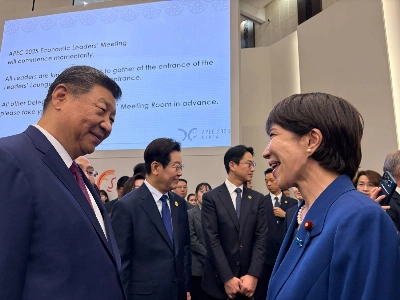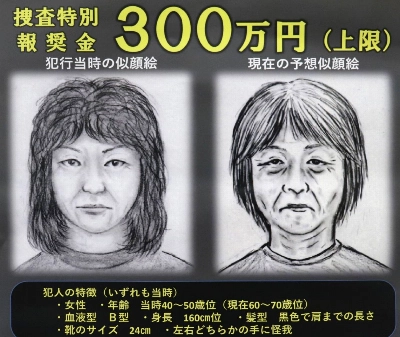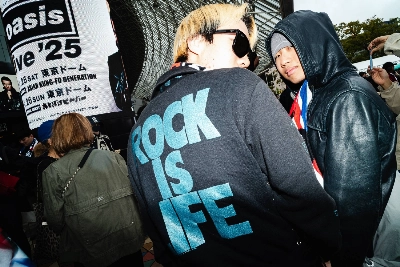Last year Naoko Ogigami had a surprise hit with "Kamome Shokudo (Seagull Diner)," a film about three Japanese women who end up running a restaurant together in Helsinki. It was a surprise because stars Satomi Kobayashi and Masako Motai were hardly marquee names, while the plot offered little in the way of high drama. The heroine's big moment came — mild spoiler alert — when her restaurant finally filled up. Nonetheless, the film had a charming setting, likable, quirky characters and shot after shot of scrumptious-looking food, including the heroine's down-home specialty: onigiri (rice balls). Most of all, it told a story of personal realization that many in the audience could identify with — and dream about living themselves (in Chiba if not Helsinki).
Ogigami wisely resisted the temptation to make "Kamome Shokudo 2," but her followup, "Megane (Glasses)," has many of the elements that made "Kamome" a success, including Kobayashi and Motai. This same-but-different formula is not new — the "Road" films of Bob Hope and Bing Crosby used it as well — but it is unusual for the Japanese film industry, which prefers safe sequels over chancy creative tangents.
The biggest departure in the new film is the character of Kobayashi's heroine. In "Kamome" she was a striver in a foreign land, trying to make good against stiff odds. In "Megane" she escapes from a high-stress lifestyle to an unnamed Okinawa-like island, where she learns to chill like the natives. Ogigami gets laughs with this situation, but as in "Kamome" her main purpose is to create a possible miniature paradise — that is, another invitation for her fan-base to dream.

















With your current subscription plan you can comment on stories. However, before writing your first comment, please create a display name in the Profile section of your subscriber account page.